
Why was DAIZ established and what is the idea behind its name?
This is an interview with Tsuyoshi Ide, President and Representative Director of DAIZ, about entering the plant-based food business.
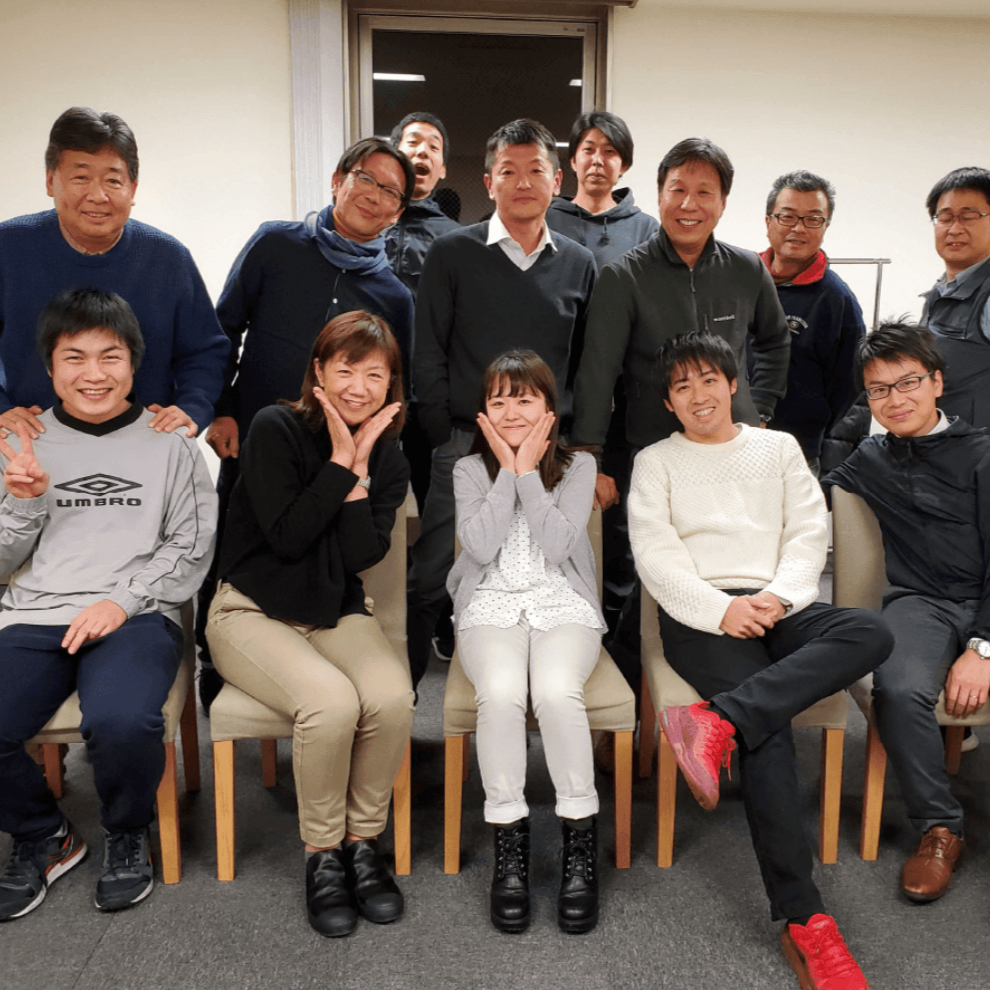
Chairman Ide with the founding members of the company in 2019.He is on the far left in the middle row.
Tsuyoshi Ide
- 1986: Graduated from the Department of Political Science, Faculty of Law, Doshisha University.
- 1990: Joined Shikibo Lifetech LTD., where he met and married Ayako Takashima.
- 1997: Founded Trans Genic Inc., that works with gene-disrupted mice.
- 2002: The company went public on the Tokyo Stock Exchange's Mothers market.
- 2005: Founded Kajitsudo Co., Ltd., the largest of its kind in Japan, to grow organic baby leaves. Mitsui & Co., Kagome, and Toyota invest in the company (while at the same time abandoning the short film production company.)
- October 2017: Founded DAIZ Inc. (formerly Soybean Energy). President and CEO.
- January 2024: Appointed Chairman and CEO.
Awards
- October 2002: Received the Prime Minister's Award: “New Business Challenger.”
- October 2003: "Medal with Blue Ribbon" (for contribution to new industries)
- Author
-
The short story "Fukushima Spinning”Click here
-
The short story “Vitellogenin”Click here
- Production
-
“Boring Woman” that President Ide dreamed of making.Click here
What is the background of the founding of DAIZ?
Please look at the chart below. The chart shows the production and consumption of soybeans in the listed countries. From this chart, we can see two points. First, Japan has the highest per capita soybean consumption in the world.
The Japanese have traditionally obtained carbohydrates from rice and protein from soybeans.
Second, soybeans contribute greatly to the Japanese food industry as an ingredient for tofu, soy milk, natto (fermented soybeans), soy sauce, miso, oil, and emulsifiers. Soybeans are, so to speak, the semiconductor of the food industry. However, Japan's domestic soybean production is very limited, which is a challenge we need to overcome.
Currently, functional components such as isoflavones, saponins, oligosaccharides, and lecithin developed by Tsuji Oil are widely used.
Therefore, the market generally believes that research in the functional soybean sector has become saturated, with no room left for further development.

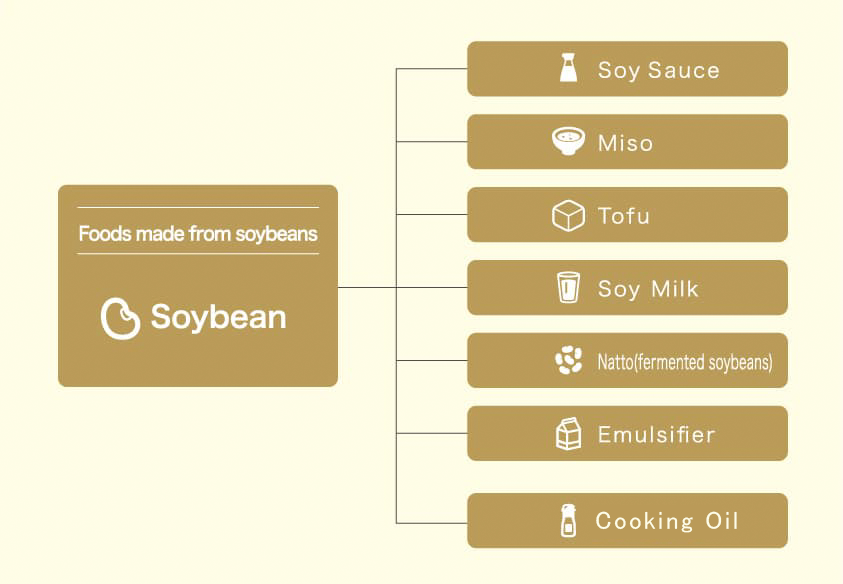
You could say that DAIZ is a latecomer to the market.
Indeed, at the time people were telling me there was no room for a newcomer to the market, I had an eye-opening experience meeting the president of a venture company. That person was Mr. Koji Ochiai , who is currently Director and CTO of DAIZ.
He told me: “Don't just focus on soybeans in their dormant grain state; instead, look at soybeans entering the sprouting stage. You'll see a broader range of potential possibilities for soybeans. And that's when I saw a wider variety of valuable ingredients being derived from soybeans.
We could confidently say that the soybeans produced by the Ochiai Germination Method were more than just ordinary sprouted soybeans.
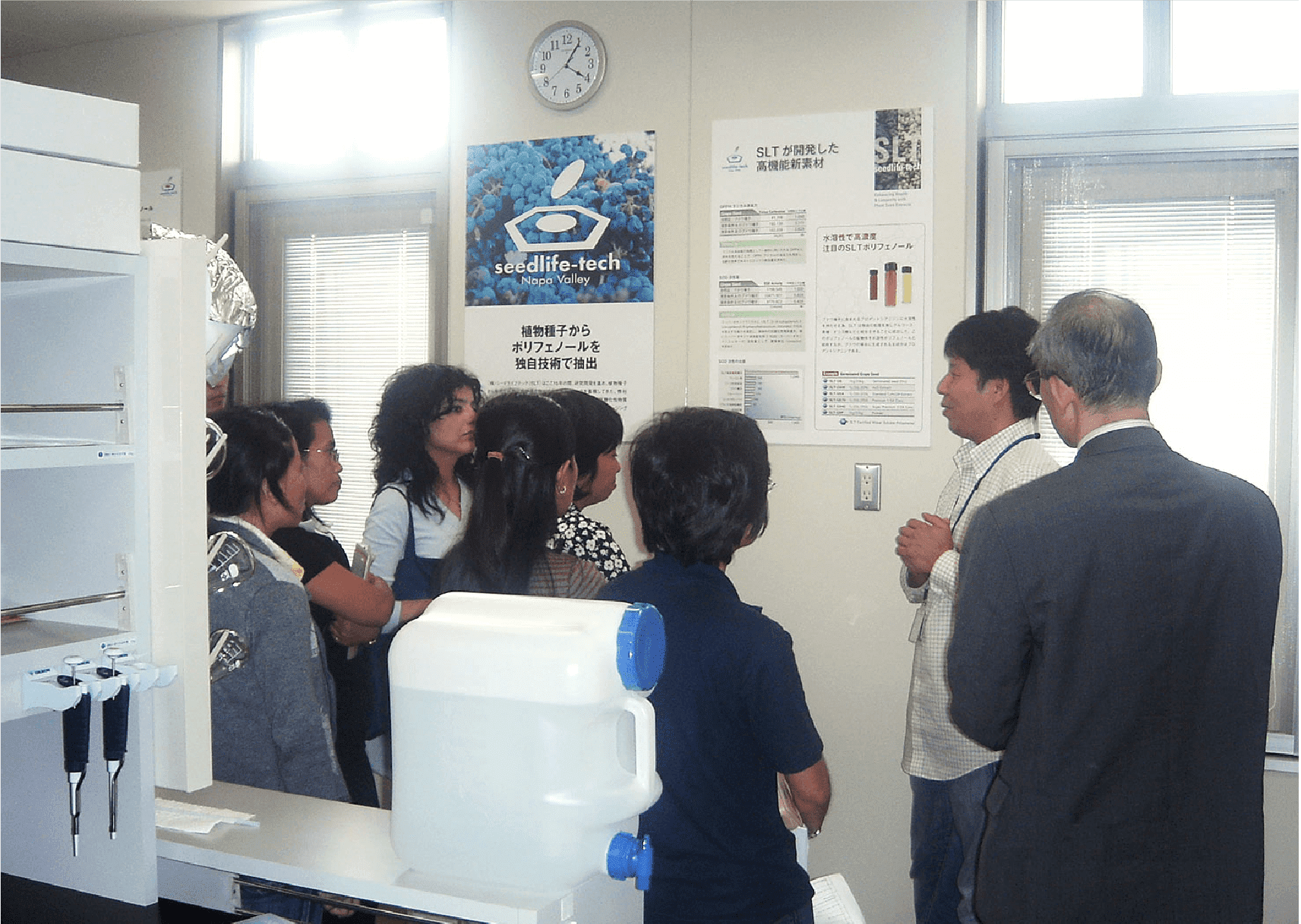
Is the technology that good?
I come from a liberal arts background, so my expression may not be that precise. Mr. Ochiai's research demonstrated that newly germinated soybeans, similar to human ES cells, have a period where they can be effectively stimulated by external factors to greatly accelerate their metabolism.
As enzymes become activated through accelerated metabolism, the nutritional value rises, enhancing umami components such as glutamic acid and alanine. This makes nutrients easier for the body to digest and absorb.
In other words, the Ochiai Germination Method was an impactful innovation that changed the composition of soybeans.
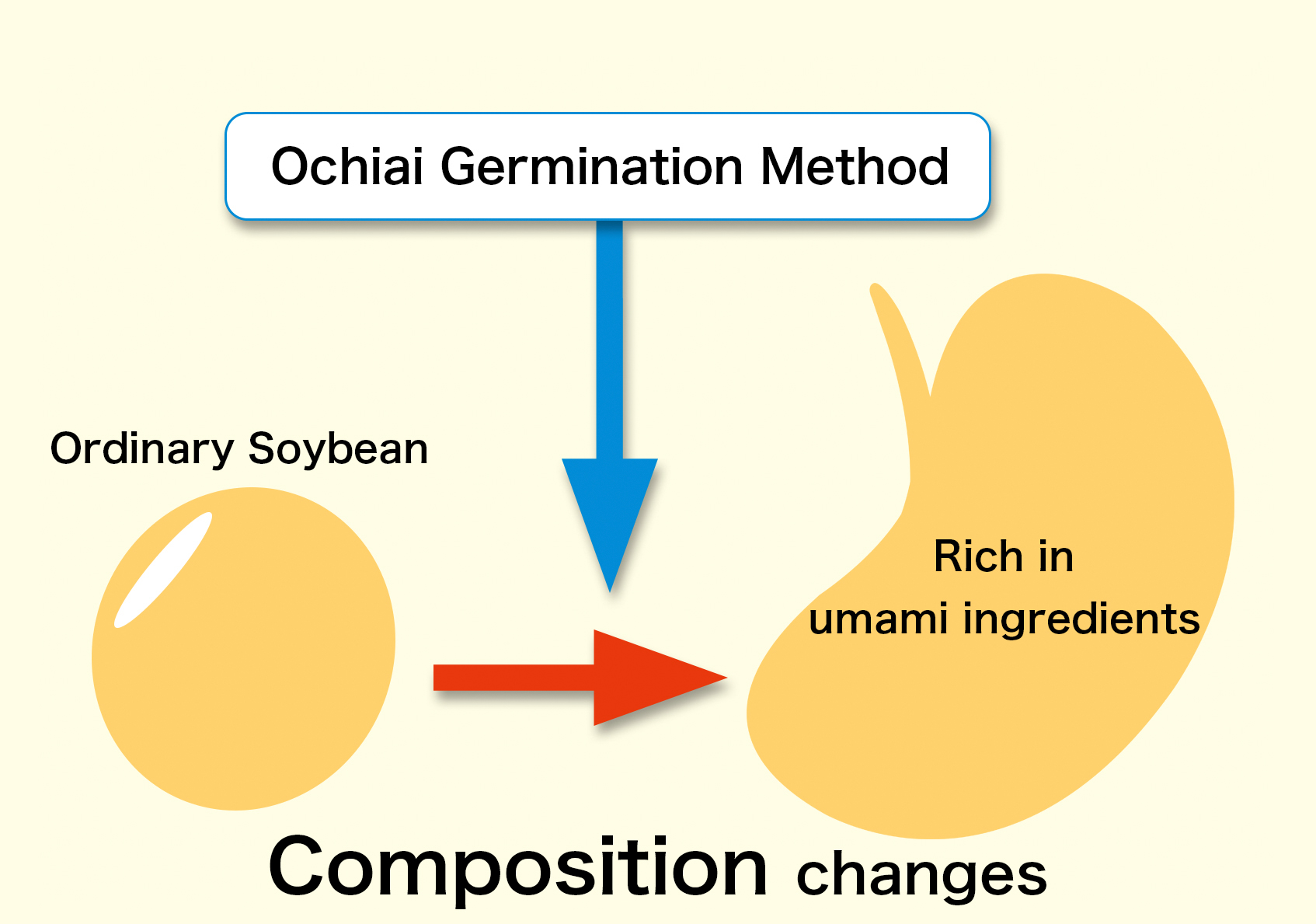
I understand that you had a strong passion when you encountered this innovative technology, but as an entrepreneur, did you have a specific plan in mind?
Of course, let's talk about the story of how Mr. Ochiai and I started our business together.
Mr. Ochiai had previously founded his own biotech company in the United States. Unfortunately, during its development, his company faced a crisis where banks and partners were all eager to retrieve funds. However, I firmly believe that the technology invented by Mr. Ochiai will undoubtedly change the future of Japan's soybean industry. Therefore, I invited Mr. Ochiai to come to Kumamoto to continue his research in a quiet environment. At the same time, we proceeded we proceeded with patenting and commercializing the metabolic technology.However, in 2017, Mr. Ochiai fell seriously ill and had to take a year off. I guess it must have been a buildup of stress over the years.
After he returned, I felt it was time to move one step forward, so in 2019, we officially launched under the named DAIZ.
In 2019, Mr. Ochiai and I visited New York to research the U.S. plant-based meat market.
We discovered that there were a huge number of food tech startups, and their products were crammed into stores and food service outlets.
However, we realized something important: all these plant-based meat products are made from "defatted soybeans” all these plant-based meat products are made from "defatted soybeans”. Defatted soybean is the residue left after extracting oil from soybeans. We have identified challenges in the odor, texture, and taste of meat alternatives produced from defatted soybean. By using the Ochiai Germination Method to produce plant-based meat, we can avoid the issues associated with defatted soybean residue, maximizing the taste and texture reminiscent of meat. This provides us with a strong breakthrough point for entering the plant-based meat market.
What is your vision for DAIZ?
Firstly, we must address the challenge of protein crisis. According to the chart below, the world's population is projected to exceed 10 billion by 2050. It is no longer possible to meet the protein needs of such a population solely through beef, pork, chicken, and fish. Therefore, we need to produce soy protein to supplement the meat and fish protein gap.
The soybeans produced using Ochiai Germination Method contain higher levels of savory components such as glutamic acid, soy isoflavones, and GABA compared to regular soybeans, providing users with superior-quality plant-based protein.
Thus, we have decided to contribute to the eradication of world hunger by developing DAIZ Miracle Meat as a meat alternative. Having a high-minded philosophy is the most important thing for a startup.
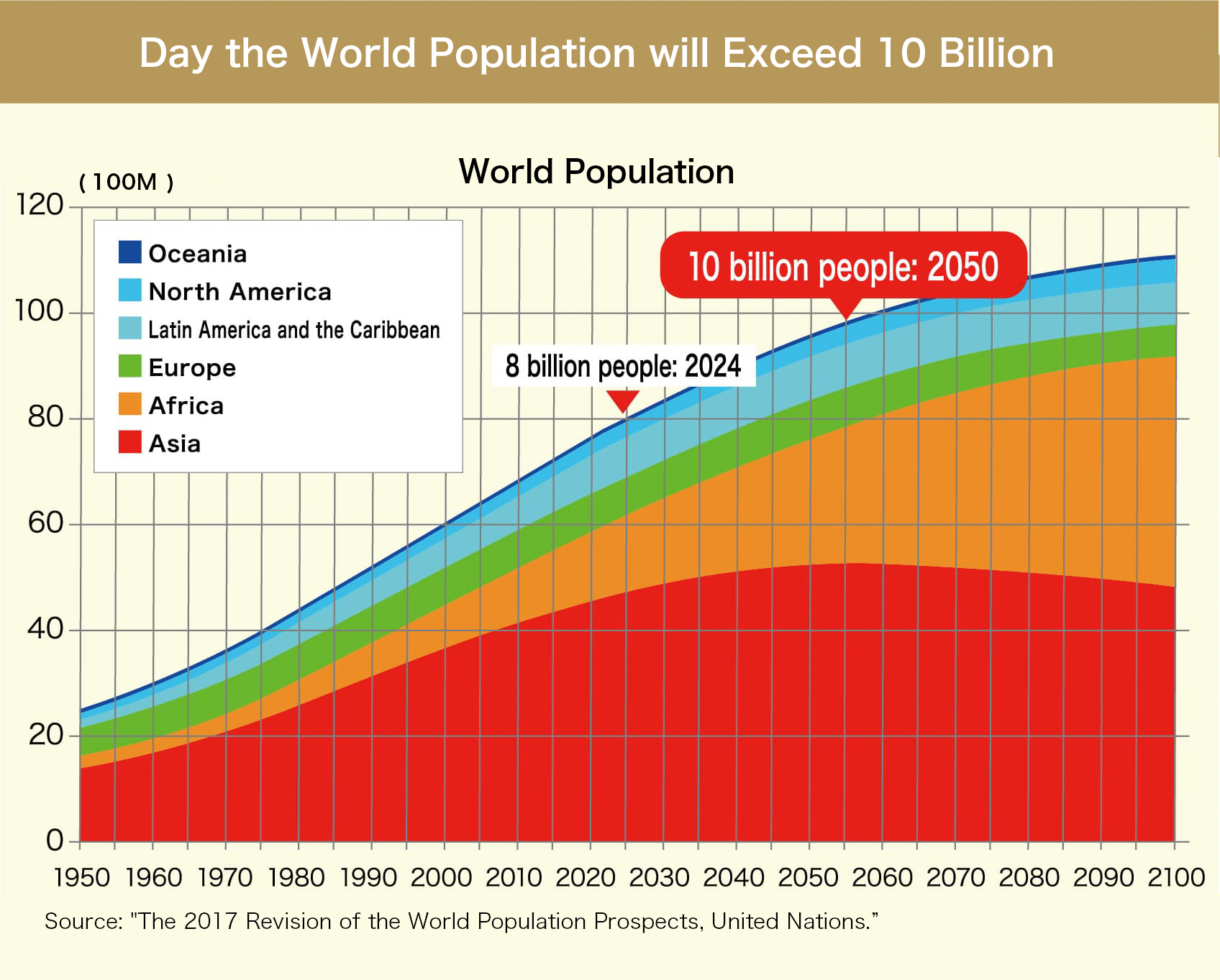
The strength of the Ochiai Germination Method lies in its ability to freely alter the composition of free amino acids in soybeans during germination. This allows for balancing umami components like glutamic acid and alanine to more closely resemble those found in meat and fish. Furthermore, our production process utilizes the entire germinated soybean, resulting in zero waste, and we do not use genetically modified soybeans. This is why it's called "Miracle Meat."
The difference between traditional oil companies, which utilize soybean oil residues as the main ingredient in plant-based products, and overseas alternative meat venture companies, is that DAIZ emphasizes the inherent power of the raw materials themselves. Moving forward, we aim to supply our uniquely developed plant-based ingredients on a large scale to the world.
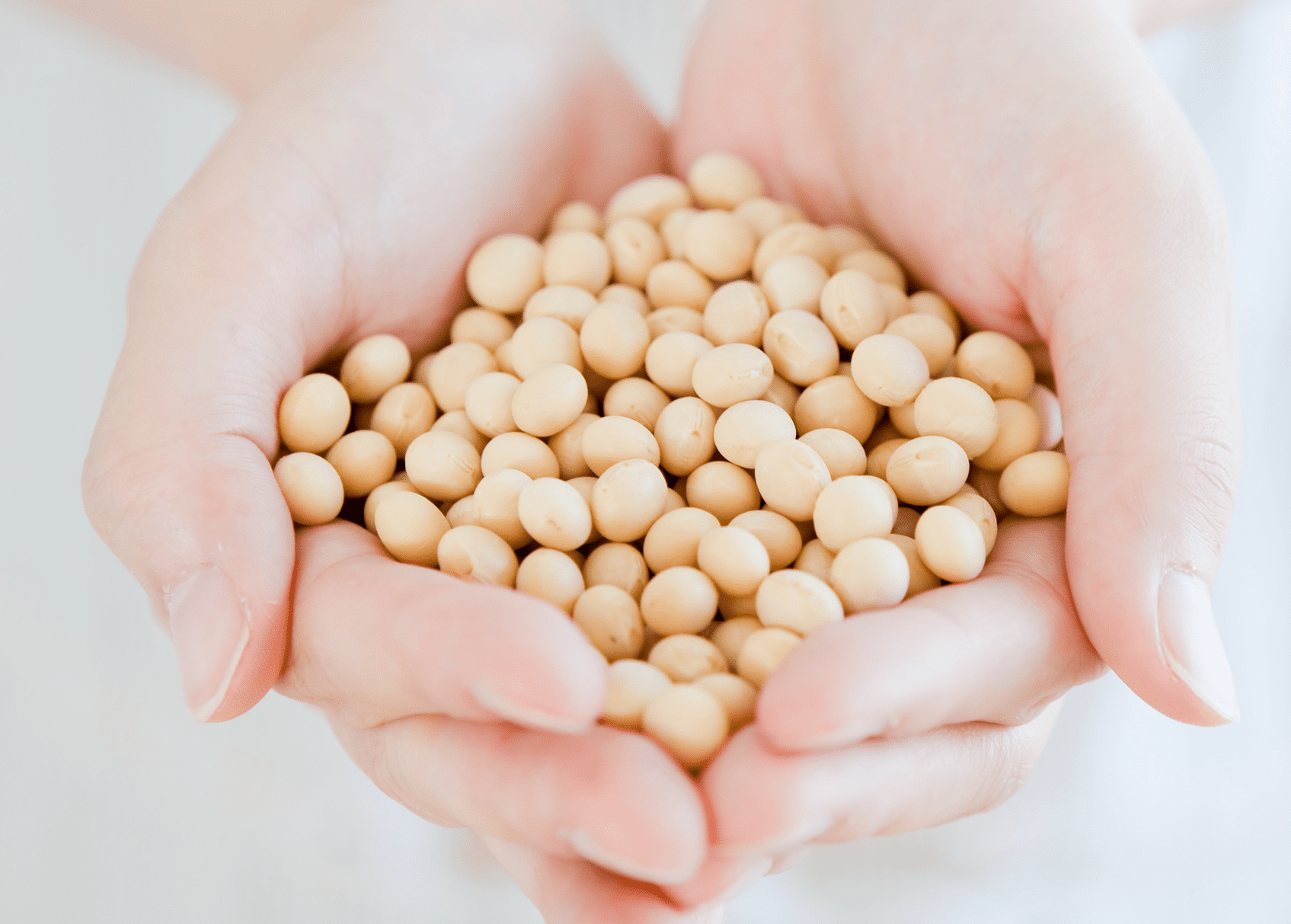
Furthermore, with the depletion of marine protein being increasingly recognized alongside terrestrial protein, there is growing demand for fish meat substitutes in the seafood industry. At DAIZ, we have developed Miracle Meat, a tasty plant-based tuna alternative that perfectly mimics the flavor and texture of tuna.
Additionally, as the volume of farmed fish distribution increases annually, concerns about limitations on using small fish in fish feed have arisen. Looking forward, we are exploring the potential of developing fish feed using the Ochiai Germination Method.
DAIZ Group is expanding the use of the Ochiai Germination Method beyond plant-based meat to include projects developing plant-based egg and dairy alternatives.
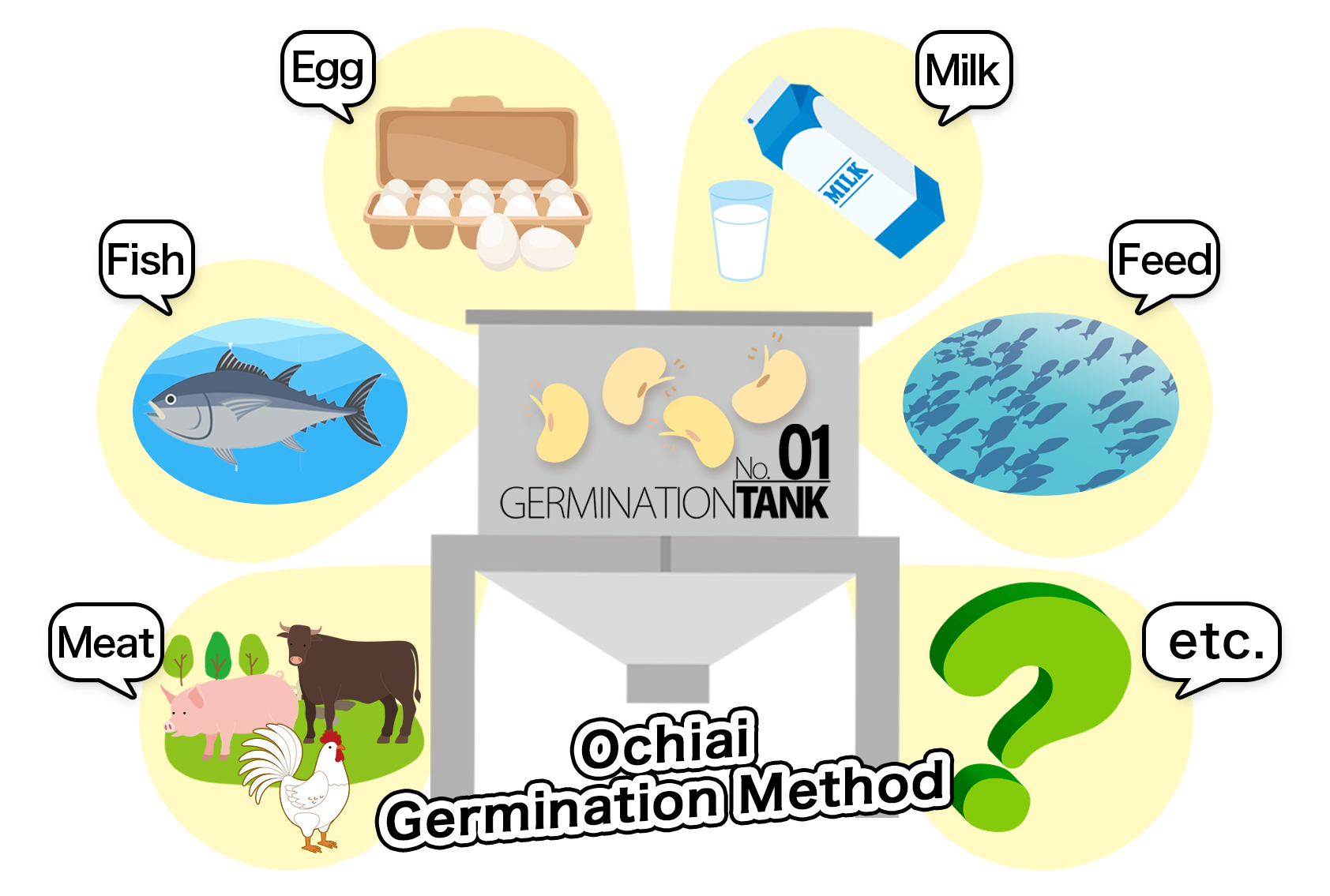
Last question: what is DAIZ’s mission?
With the continued increase in population in developing countries, we are concerned that more children in the future may not receive sufficient meat and seafood, leading to protein and nutritional deficiencies.
That's where delicious, functional, and inexpensive "plant meat" comes in.
The company name, "DAIZ" reflects our strong aspiration to elevate Japan's daizu (soybeans) to global prominence through our high-tech innovations rooted in traditional wisdom.



